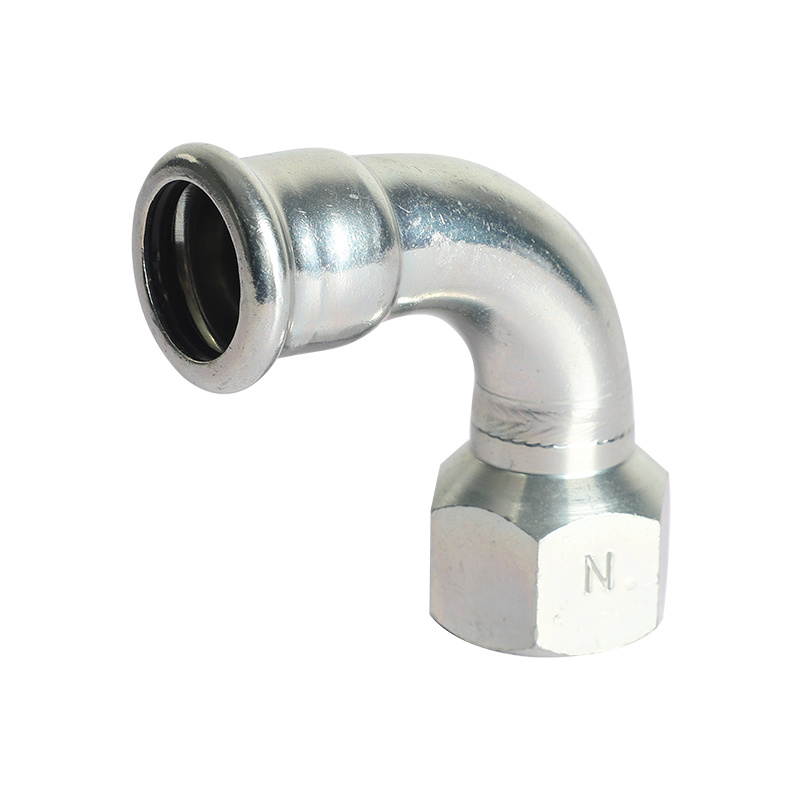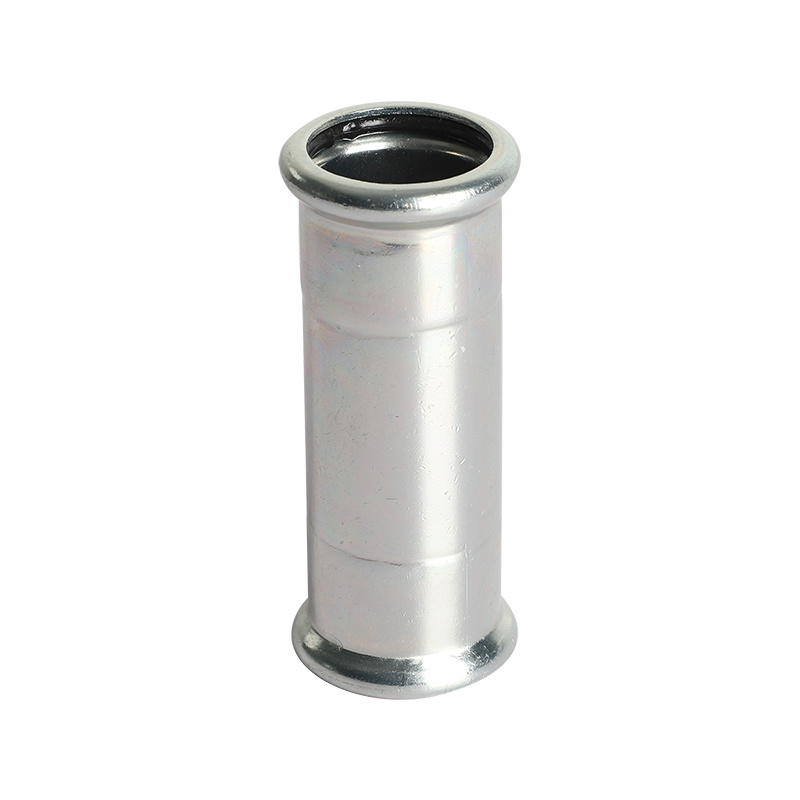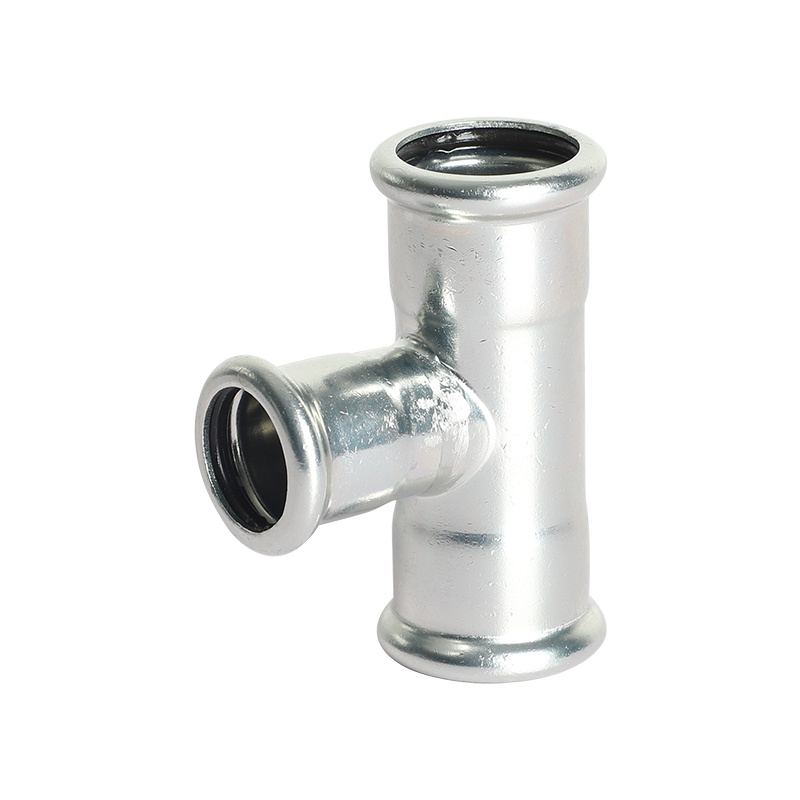The Importance of 90º Street Bends in Architectural Applications
Jun 25,2025
In the field of architecture and construction, the significance of components like the 90º street bend cannot be overstated. This particular type of bend is crucial in piping systems, especially when utilizing materials such as stainless steel. A 90º street bend is designed to redirect the flow of liquids and gases at a right angle, thereby facilitating efficient movement throughout a piping network.
One primary consideration when incorporating a 90º street bend is its impact on fluid dynamics. As fluids move through pipes, changes in direction can lead to turbulence, which may affect flow rates and pressure. The design of a 90º street bend helps mitigate these effects by ensuring that the transition is as smooth as possible. This is particularly important in applications where maintaining consistent flow is critical, such as in plumbing systems, HVAC installations, and industrial processes.
Additionally, the choice of material plays a vital role in the longevity and performance of a 90º street bend. Stainless steel is often favored due to its excellent corrosion resistance, strength, and durability. This makes it suitable for a variety of environments, including those exposed to harsh chemicals or extreme weather conditions. The use of stainless steel not only enhances the structural integrity of a piping system but also contributes to its aesthetic appeal, making it a preferred choice in modern architectural designs.
Moreover, the installation of a 90º street bend requires careful consideration of several factors, including the overall layout of the piping system, the required flow rates, and the potential for future modifications. Proper planning and execution can significantly reduce the likelihood of leaks and other issues that may arise from poorly designed bends.
In summary, the 90º street bend is an essential component in the realm of construction and decorative materials, particularly within stainless steel piping systems. Its role in facilitating efficient flow, maintaining structural integrity, and enhancing visual appeal makes it a critical element in both functional and aesthetic aspects of architecture. Professionals in the industry should prioritize understanding its applications and benefits to optimize their projects effectively.
One primary consideration when incorporating a 90º street bend is its impact on fluid dynamics. As fluids move through pipes, changes in direction can lead to turbulence, which may affect flow rates and pressure. The design of a 90º street bend helps mitigate these effects by ensuring that the transition is as smooth as possible. This is particularly important in applications where maintaining consistent flow is critical, such as in plumbing systems, HVAC installations, and industrial processes.
Additionally, the choice of material plays a vital role in the longevity and performance of a 90º street bend. Stainless steel is often favored due to its excellent corrosion resistance, strength, and durability. This makes it suitable for a variety of environments, including those exposed to harsh chemicals or extreme weather conditions. The use of stainless steel not only enhances the structural integrity of a piping system but also contributes to its aesthetic appeal, making it a preferred choice in modern architectural designs.
Moreover, the installation of a 90º street bend requires careful consideration of several factors, including the overall layout of the piping system, the required flow rates, and the potential for future modifications. Proper planning and execution can significantly reduce the likelihood of leaks and other issues that may arise from poorly designed bends.
In summary, the 90º street bend is an essential component in the realm of construction and decorative materials, particularly within stainless steel piping systems. Its role in facilitating efficient flow, maintaining structural integrity, and enhancing visual appeal makes it a critical element in both functional and aesthetic aspects of architecture. Professionals in the industry should prioritize understanding its applications and benefits to optimize their projects effectively.
Latest News









